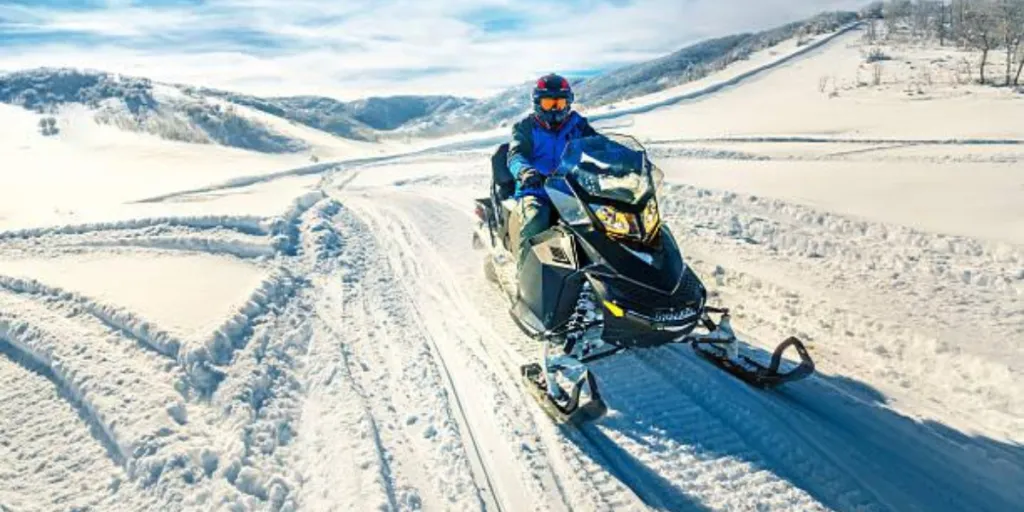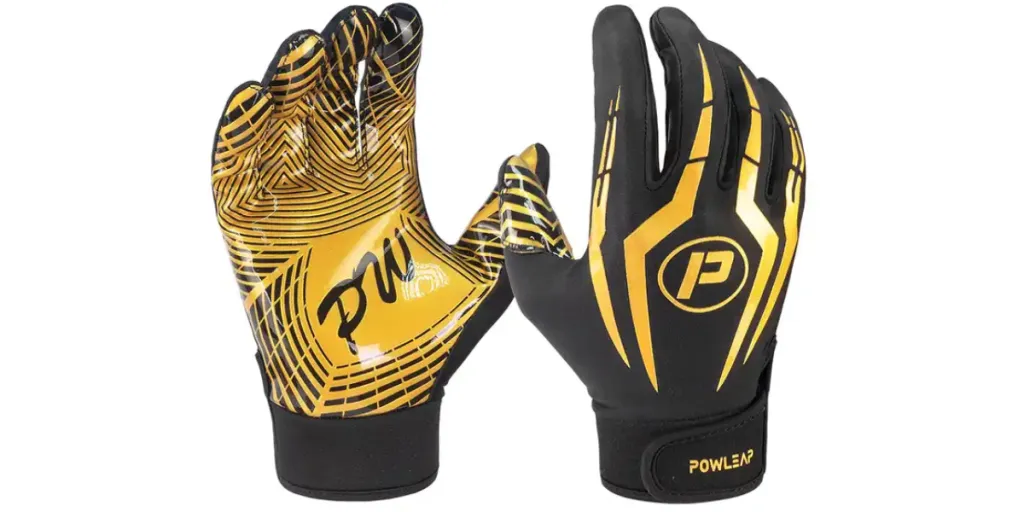Winter holds a special place in the hearts of many, marking the holiday season when people create cherished memories with family and friends. Among the different activities during this period, riding a snowmobile is an exciting way to have fun and navigate thick layers of snow.
But like other vehicles, purchasing snowmobiles to sell is not an easy venture—sellers must consider several factors to make the most of them.
Keep reading to discover these factors and learn more about choosing snowmobiles in 2024.
Table of Contents
How profitable is the global snowmobile market?
What are the types of snowmobiles available on the market?
Top factors to look at when buying and selling snowmobiles in 2024
Wrapping up
How profitable is the global snowmobile market?

In 2022, the global snowmobile market was valued at US $1.6 billion. Reports suggest the market will grow to US $2.3 billion by 2032 at a 3.4% compound annual growth rate (CAGR).
Here are the highlights of the snowmobile market:
- North America is the leading region in the snowmobile industry, accounting for over 38% of the total market share in 2022.
- Experts also predict Europe will experience a 4% CAGR from 2023 to 2032.
- Based on product type, trail snowmobiles dominate the segment, generating over 36% of the market revenue in 2022.
With an average of 301,000 monthly online searches in 2023, it’s clear that snowmobiles are at the top of many consumers’ winter wishlists.
What are the types of snowmobiles available on the market?
Performance snowmobiles
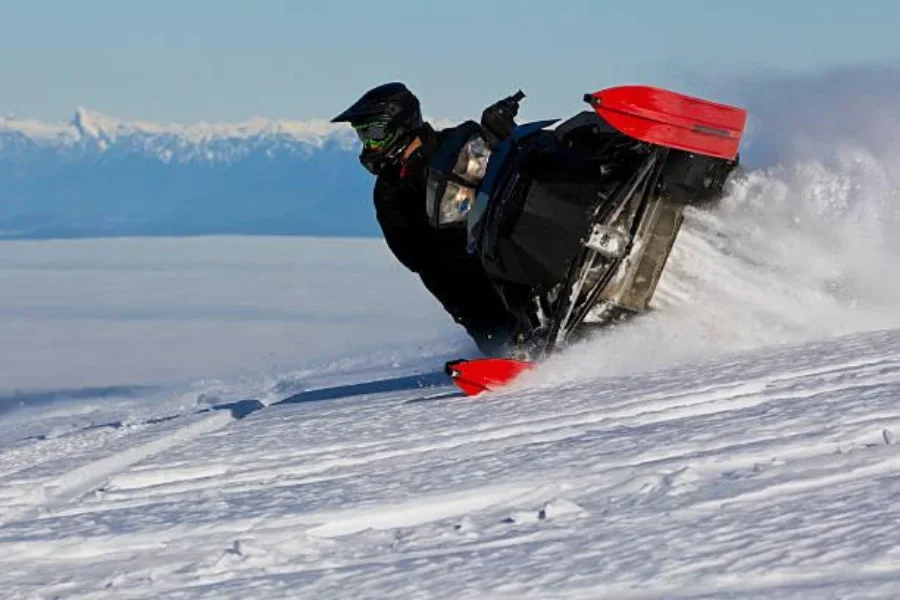
Performance snowmobiles are similar to performance automobiles but have slightly higher horsepower. With a horsepower rating of 85 or more, performance snowmobiles can reach speeds comparable to those of small cars.
They are heavier than entry-level snowmobiles because of the engine differences and the additional weight from suspension systems, shock absorbers, and other added features.
These snowmobiles come with a reverse gear and electric start, increasing their functionality and making them easy to drive. They are a perfect choice for daily use for people who do not want the hassle of driving a car during snowy conditions.
Entry-level (trail) snowmobiles
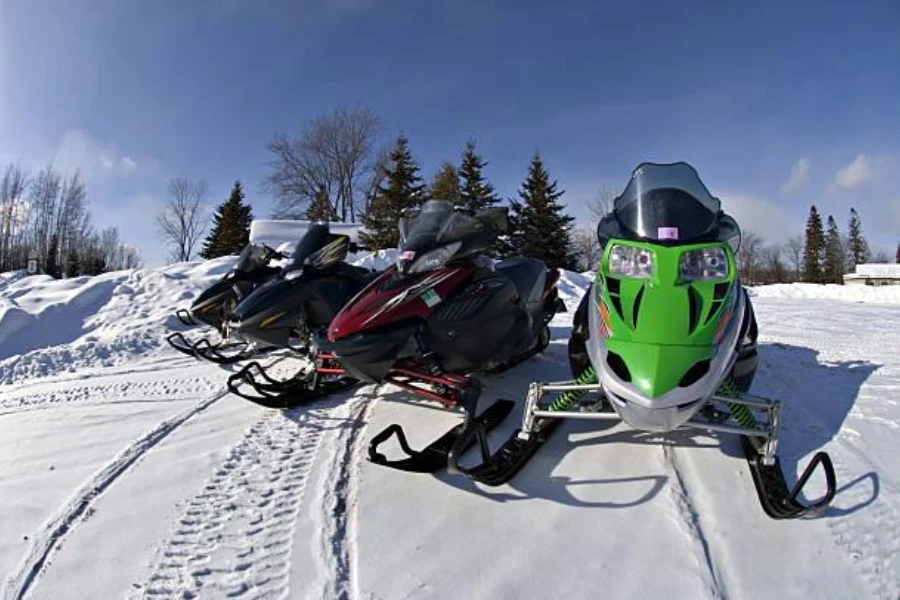
As the name suggests, entry-level snowmobiles are the best option for beginners. It’s why most people call them “trail models.” With their 60- to 70-horsepower engines, electric start, and electric reverse, they create a thrilling experience for their users, even without professional skills.
However, their main charm is how light and easy to handle they are. They are also relatively inexpensive compared to other types of snowmobiles. Entry-level snowmobiles are a great way for consumers to pick up snowmobiling without feeling nervous.
Mountain snowmobiles

True to their name, mountain snowmobiles are specifically designed for mountain riding. The mountainous terrain is quite different from the flatter, less rocky surfaces many riders are used to.
For this reason, mountain snowmobiles are typically longer and narrower, enabling them to easily and safely maneuver the steep, rough terrain. These snowmobiles also have the highest horsepower, offering about 150 and above. They’re this powerful because higher elevations require greater horsepower for a safe drive.
Touring snowmobiles
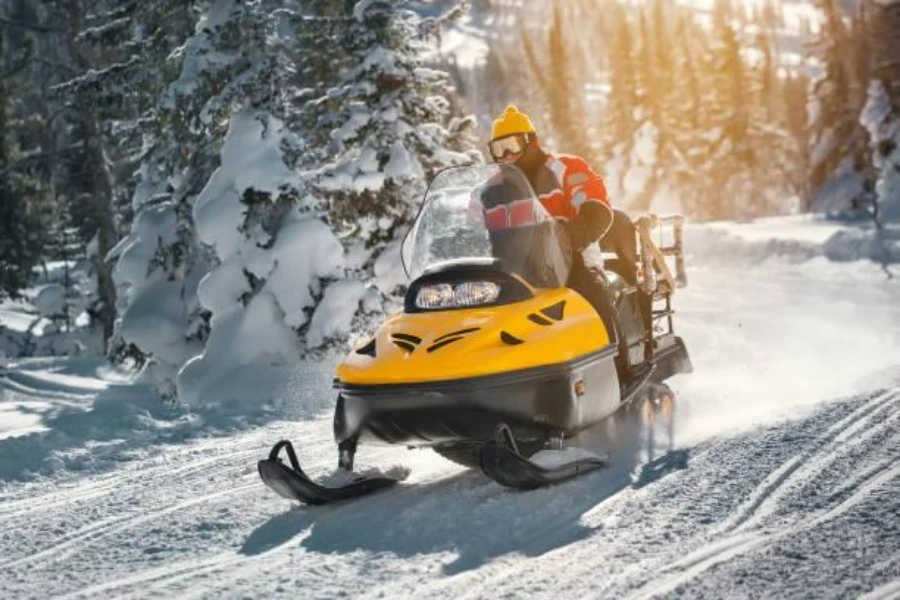
While most snowmobiles only have enough space for one rider, touring variants can host one extra passenger. But that’s not the only feature these vehicles have. They usually come with side-mounted mirrors, larger windshields, reverse gear, and electric starts. Some touring snowmobiles even come with a backrest for added comfort.
Their track length is longer as it is designed to provide stability for two people, which allows these vehicles to hold more weight comfortably. With 95 and above horsepower, touring snowmobiles are fast enough for daily movements and recreational activities.
Top factors to look at when buying and selling snowmobiles in 2024
Riding style
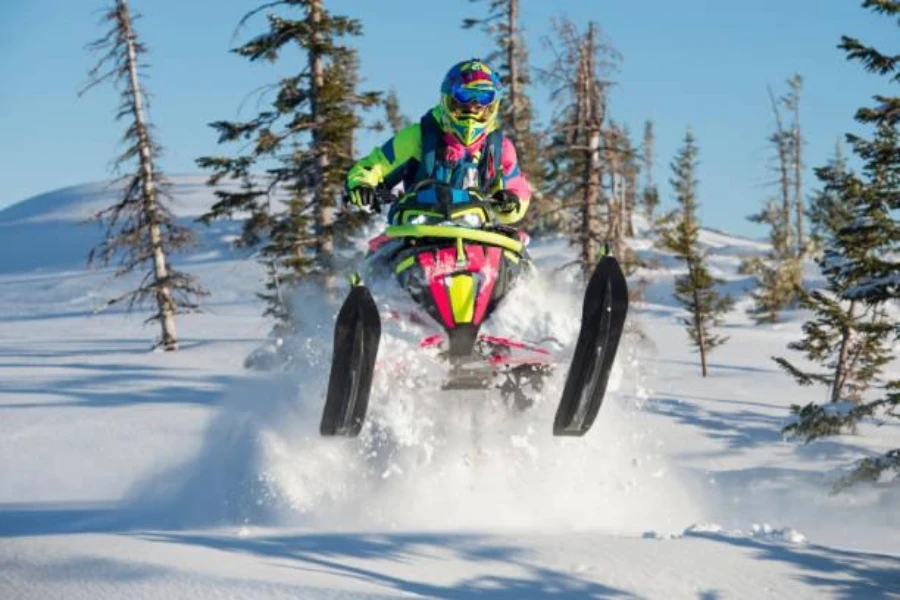
One thing to note before buying snowmobiles is that different models excel in specific conditions or in particular riding preferences. Here’s a table showing different riding styles and their perfect snowmobile type.
| Riding style | Snowmobile type |
| Trail riding | If consumers enjoy a more relaxed riding position and covering long distances on groomed trails, they’ll prefer a touring or trail-oriented snowmobile. |
| Mountain riding | As mentioned earlier, mountain snowmobiles are the ideal option for this riding style. They have improved traction and can easily navigate through deep snow and mountain terrain. |
| Backcountry riding | Consumers who plan on riding on and off trials will love crossover snowmobiles. These models can handle various terrains, offering a compromise between trail and deep snow performance. |
| Performance riding | If consumers are into aggressive riding, jumps, and high-speed runs, consider investing in high-performance snowmobiles with more powerful engines, advanced suspension, and responsive handling. |
The suspension

The suspension is a crucial part of the setup for snowmobile riders because it impacts the vehicle’s entire feel. The right settings for a suspension enable a rider to maneuver any terrain.
This part influences the weight distribution, right ride height, compression, or rebound rates. Snowmobiles can either come with fixed or adjustable suspensions. Proactive riders are advised to opt for the latter to easily adjust the settings and always get perfect suspension.
Annual mileage
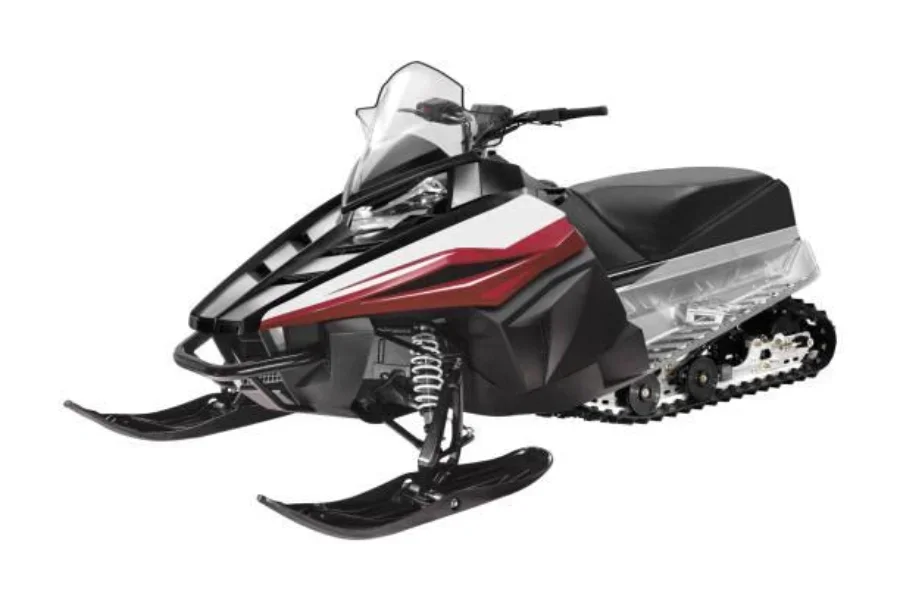
When trying to detect the longevity of a snowmobile, mileage is often used as an effective indicator. Snowmobiles with over 8,000 miles are considered to have high mileage, while those with 4,000 to 8,000 miles are regarded as having medium mileage.
Low-mileage snowmobiles fall between 3,000 miles and less. Generally, higher mileage means snowmobiles will last longer, some reaching up to 20 years.
Engine performance
Usually, engine choices boil down to 2-stroke vs. 4-stroke engines. 2-stroke engines are favored for their impressive power-to-weight ratio and quick acceleration, making them suitable for performance and mountain riding.
Conversely, 4-stroke engines are more popular for their fuel efficiency and quieter operation, making them popular for touring and trail riding. Throttle response is another aspect that determines engine performance.
2-stroke engines provide responsive throttles, giving them quick acceleration and precise control when riding. On the other hand, 4-stroke engines have smoother and more predictable throttle responses, making them beneficial for comfortable cruising on groomed trails.
Wrapping up
Snowmobiles come to the rescue in thick winter conditions, where driving a car feels like playing a game on hard difficulty. Throw in the fact that they are also twice as fun as driving a regular car, and consumers will rush for them.
Whether riders use them for daily commuting, recreation, or wild adventures, snowmobiles remain among the most useful pieces of equipment in the cold season. So, use these tips to invest in snowmobiles and make targeted offers for more profits in 2024.
